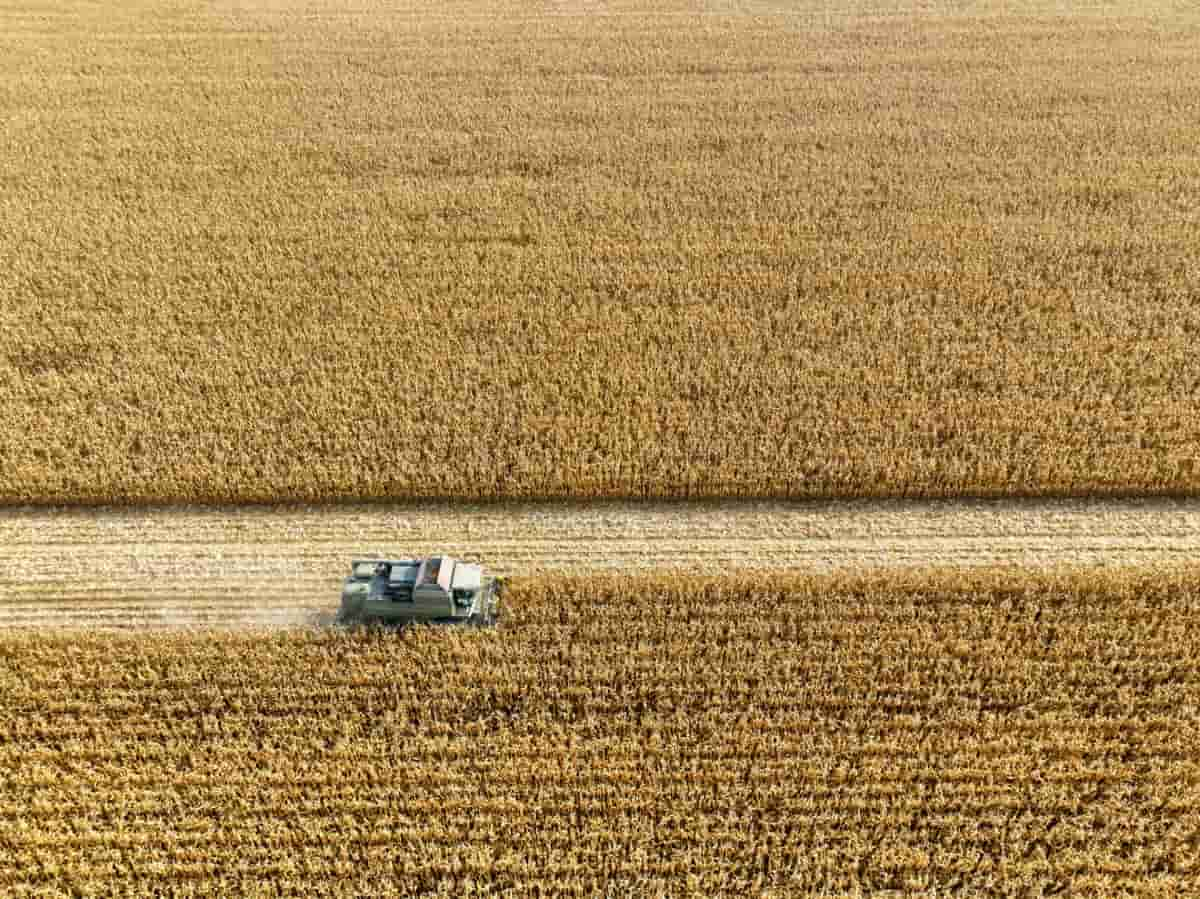Agricultural businesses, like all other businesses, require careful planning and strategic implementation of these plans. A comprehensive, strong business plan serves as a guiding light for your agricultural enterprise and aids in securing funding or investment. It also helps identify opportunities and challenges, enabling the business to adapt to changes proactively.

How to Create an Agriculture Business Plan
Is Agricultural Business Profitable
Agriculture can be profitable despite its challenges, such as unpredictable weather conditions, pests, or fluctuating market prices. Success hinges on strategic planning, embracing technology, diversifying revenue streams, and effective cost management. With the global population growth and increasing food demand, the prospects for agriculture are promising.
Understanding Your Business Concept
Every business plan begins with understanding your business concept. In this phase, you should clearly define what type of agriculture business you intend to start. Are you planning on a crop farm, livestock farm, agro-processing, or agrotourism? Your skills, passion, available resources, and market demand should drive this decision. The business concept should also reflect a unique selling proposition that distinguishes your venture from others in the market.
Once you have a clear business concept, it’s time to analyze your market. This analysis will provide insights into market size, trends, and competition. It will also identify your potential customers and their needs. Market research is a critical step to validate your business concept and determine its viability in the market.
Developing a Strategic Plan
The strategic plan forms the backbone of your business plan. Objectives should be SMART – Specific, Measurable, Achievable, Relevant, and Time-bound. Your strategies should leverage your strengths and opportunities and address weaknesses and threats. In this phase, also outline your business model. This includes deciding how you will generate revenue, whether through selling crops, providing agro-services, processing agricultural produce, or a combination of these.
Diversifying your revenue streams can significantly enhance profitability and create a buffer against market fluctuations. Also, define your operational plan, which explains how your business will function daily. It includes sourcing inputs, farming practices, labor requirements, equipment, storage, and transportation logistics. A robust operational plan, guided by sustainability principles, can significantly enhance efficiency and profitability.
Financial Projections
An agricultural business plan must include financial projections. These projections will provide a numerical representation of your business’s expected income, expenses, and profitability. Understanding the initial investment required, recurring expenses, projected sales, and, ultimately, when you expect to break even is imperative.
In case you missed it: Creating a Solid Organic Farming Business Plan in the Philippines: Strategies for Sustainable Agriculture

This part must contain an in-depth budget, a sales prediction, a profit and loss report, a cash flow report, and a balance sheet. If you are looking for funding, investors and lenders will carefully analyze this section to assess your business’s financial feasibility. Therefore, make sure your financial estimates are practical and supported by solid assumptions.
Risk Management Plan
Agriculture is inherently subject to various risks, including weather, pests, diseases, and market volatility. Hence, your business plan should include a strong risk management plan. It should identify potential risks, assess their impact on your business, and define mitigation strategies. For example, adopting resilient farming practices can help cope with climate risks. Insurance can also be a critical tool to protect your business from various risks.
Diversifying your business, such as integrating livestock with crop farming or adding value-added services, can help cushion against market risks. Moreover, keeping abreast of market trends and government policies can also enable proactive adjustment of your strategies.
Sustainability and Environmental Considerations
In the modern agricultural landscape, sustainability and environmental considerations are no longer optional; they are prerequisites for long-term profitability. Sustainable farming practices conserve resources, protect the environment, and enhance productivity and resilience, leading to improved yields and profits.
In this section, detail how your business will adopt sustainable practices. This may include organic farming, precision agriculture, integrated pest management, water-efficient irrigation, and responsible waste management. Additionally, outline how you intend to comply with environmental regulations and standards. Investors and customers alike are increasingly interested in sustainable agriculture; therefore, your commitment to sustainability can also serve as a unique selling proposition.
Marketing and Sales Strategy
Your marketing and sales strategy should explain how you attract and retain customers. It begins with defining your target market and customer personas. This process entails identifying your potential customers’ demographics, preferences, and buying behaviors. Next, outline your product positioning and pricing strategy.
How will your pricing compare with the competition? Ensure that your marketing approach encompasses various promotion methods, such as social media, farmer’s markets, local retail collaborations, online marketplaces, and direct-to-consumer sales, to reach your target audience effectively. In the digital age, leveraging technology can significantly boost your marketing efforts. For instance, a business website or an online store can expand your market reach.
Legal and Regulatory Aspects
Agriculture businesses operate under various legal and regulatory frameworks. These can range from land use regulations and environmental standards to food safety rules and labor laws. Understanding these requirements and outlining how your business will comply with them is crucial. Suppose you intend to establish an organic farm. In that case, following the guidelines established by the National Organic Program (NOP) in the US or similar organizations in other nations is necessary.
When employing workers, it is essential to adhere to labor regulations, encompassing minimum wage provisions and safety standards. Moreover, your business strategy should outline the legal framework of your enterprise, like being a sole proprietorship, partnership, or corporation. This framework will impact aspects such as taxes, liability, and managerial authority.
Management and Organizational Structure
The management and organizational structure section outlines the individuals responsible for overseeing the business operations. It encompasses the management team’s duties, obligations, and credentials. If there is an intention to employ staff, this section ought to incorporate an organizational chart and descriptions of job roles.
In case you missed it: Creating a Solid Organic Farming Business Plan in France: Strategies for Sustainable Agriculture

Investors and lenders seek a competent management team to execute the business plan. Therefore, highlight your experience, skills, and relevant achievements demonstrating your ability to manage the business successfully.
Conclusion
An agricultural business can indeed be profitable, and a solid business plan is critical in achieving this profitability. Creating a business plan equips you with a roadmap to success and deepens your understanding of your business and the market. Despite the challenges inherent in agriculture, you can reap abundant yields and profits from your agriculture business with strategic planning, hard work, and a passion for farming.
- Feed Your Flock for Less: Top 10 Tips to Save on Chicken Feed
- Ultimate Guide to Ossabaw Island Hog: Breeding, Raising, Diet, and Care
- Hatching Answers: The Top 10 Reasons Your Chickens Aren’t Laying Eggs
- Eggs and Economics: Breaking Down the Cost of Raising Backyard Chickens
- Defend Your Greens: Proven Methods to Keep Iguanas Out of Your Garden
- Ultimate Guide to Cinnamon Queen Chicken: A Comprehensive Guide for Beginners
- Ultimate Guide to California Tan Chicken: Breeding, Raising, Diet, Egg-Production and Care
- Ultimate Guide to Marsh Daisy Chicken: Breeding, Raising, Diet, and Care
- 10 Types of Chicken Farming Businesses You Can Start for Profits